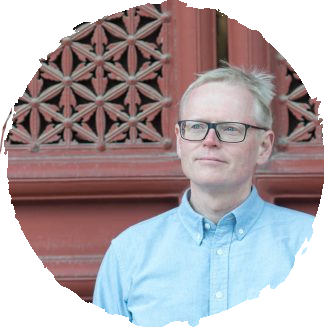



Ian Johnson is a Beijing-based writer who contributes regularly to The New York Review of Books and The New York Times, and also advises the Journal of Asian Studies. In 2001, when he was a correspondent for The Wall Street Journal, he won a Pulitzer Prize for his coverage of China. His reporting from China has also been honored by the Asia Society, Overseas Press Club, and the Society of Professional Journalists. He is the author Wild Grass: Three Stories of Change in Modern China; A Mosque in Munich: Nazis, the CIA, and the Rise of the Muslim Brotherhood in the West; and a forthcoming book on China’s religious revival.
This course will explore the contemporary social situation of China’s major religions by reading texts, visiting places of worship and discussing issues with practitioners. The goal is to see how China’s religious renaissance is unfolding at the grassroots level, and how that renaissance impacts Chinese society.
Chinese society is increasingly driven by the twin forces of State power and spiritual curiosity. The historical development of the country has been marked by encounters between authorities and social actors of many sorts, more recently by groups who take their direction from religion.
While other courses in the TBC curriculum look at religions in China in the manner of a historical survey or at the history of Christianity in particular, this class will examine recent and current challenges to the way religion is practiced.
We will spend time looking at the five authorized religions in China for insight, but this course will also use case studies to look at trends and directions away from the mainline spiritual establishment, as well as splits within the religious communities on what and how to worship. We will look at sects; at how worship has been practiced historically and locally; and why religious revival in China is occurring at the grassroots level more and more often. We will read relevant texts, and we will examine places of worship and speak with practitioners to arrive a more comprehensive understanding of religious renaissance in Chinese society.
This course looks at the complex interaction of society and religion in contemporary China. By seeing places of worship, talking to practitioners and reading relevant texts, students will gain a nuanced understanding of contemporary Chinese religious life.
Some of the key topics to be explored and questions to be answered are:
